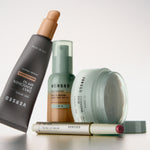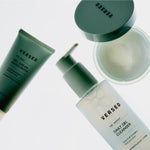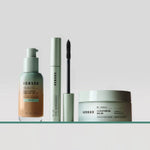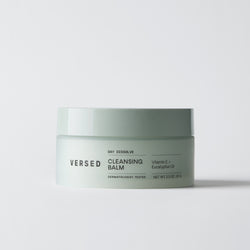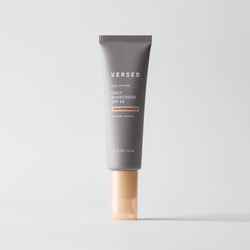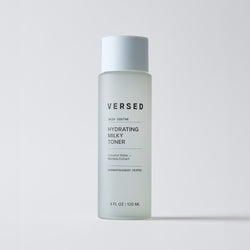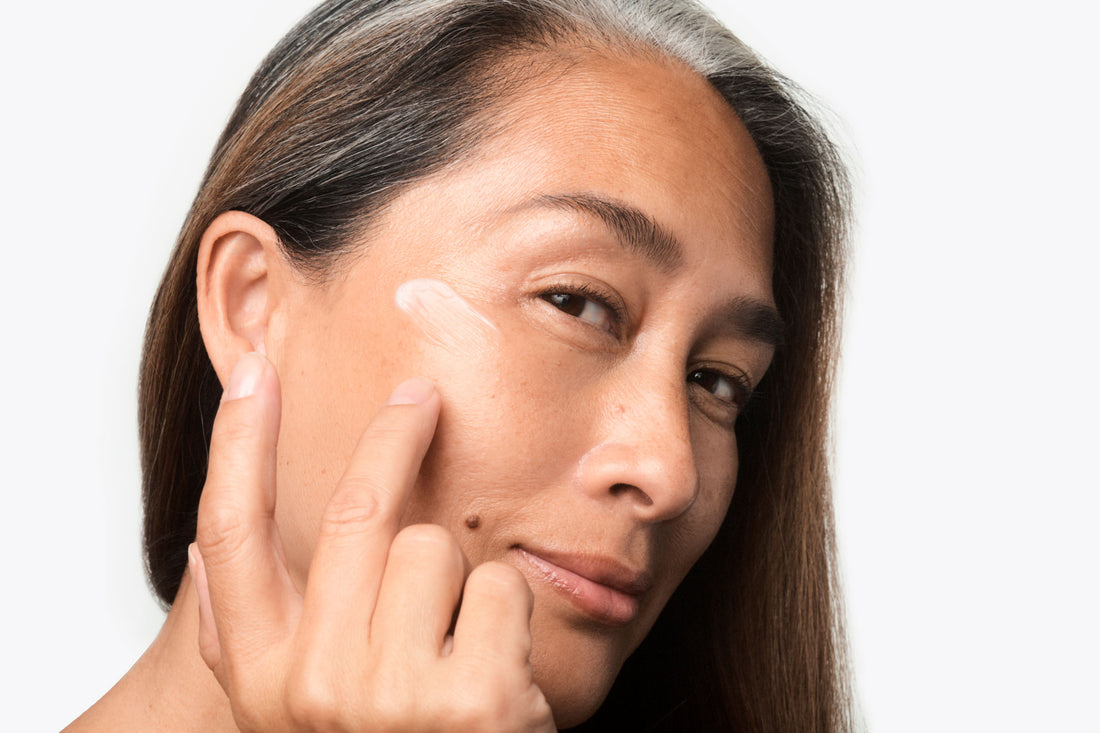If the term ‘sebum’ makes you shudder, consider this: the skin’s barrier contains many, many oils (like squalene, ceramides, and yes—sebum) that help keep it moisturized, strong, and protected. Without it, microscopic cracks allow moisture and water to seep out and bacteria and pollutants to sneak in.
Bottom line: Oils are not the enemy. Avoiding them is actually doing your skin a disservice; to prevent these cracks from forming, the body will signal its sebaceous glands to produce excess oil to lubricate itself. And that’s where clogged pores, greasy complexions, and acne breakouts come in.
Like any type of ingredient, some oils are more skin-friendly than others—particularly if you are consistently in need of spot treatments and blotting sheets. We dive into the best non-comedogenic oils below (including what that term means) and how to use them.
The Benefits of Oils in Skincare
Oils have incredibly nourishing and skin-softening properties that, due to their large occlusive molecules, effectively seal in moisture. They help lock in essential nutrients that plump skin, strengthen the barrier, increase elasticity, and fight off environmental and UV damage. Because oils have a thick consistency and take longer to absorb, they almost feel like icing on the cake, adding a long-lasting glow and radiant complexion.What Does Non-Comedogenic Mean?
Many shy away from oils in fear they will clog pores. We assume that myth stems from the fact that sebum itself is an oil—and one that is commonly associated with acne and grease. But many things can clog pores and cause acne, not just oil. The trick is knowing which ingredients play well with your skin type so you can reap their benefits without breaking out. One way to do that is by searching for oils that are proven to be non-comedogenic.Non-comedogenic means proven to not to block pores. There are certain ingredients (squalane, found in our Rich Moisture Cream, for example) that are considered non-comedogenic by dermatologists and chemists. A formula or product’s pore-clogging abilities can also be tested in a lab in order to label it as non-comedogenic—as our Weekend Glow Daily Brightening Moisturizer, Mood Lighting Luminizing Glow Drops and Dew Point Moisturizing Gel-Cream are.
The main difference between a comedogenic and non-comedogenic oil is its chemical structure; non-pore-clogging oils usually have a higher percentage of linoleic acid. “Linoleic acid (omega-6, which our body does not naturally produce, but rather synthesizes from the foods we eat) and oleic acid (omega-9, our natural skin oil) are fatty acids that are abundant in our epidermis”, says skin expert and PA Andriana Cellini. “Oils that have a higher percentage of linoleic acid are lower on the comedogenic scale because they are lightweight and thinner.”
That doesn’t mean oils not considered non-comedogenic will definitely clog your pores; if you are acne-prone, it’s just something to be mindful of. And don’t forget: dirt, bacteria, and dead skin cells are also common pore-cloggers. Sweep them away by exfoliating weekly with our Day Maker Microcrystal Exfoliator.
The Best Non-Comedogenic Oils
If you are looking for some non-comedogenic oils to add to your arsenal, look for these in your moisturizers, eye care, facial oils, and body products.Rosehip Oil
Rosehip oil is a naturally brightening ingredient that helps to even out the skin’s tone whilst regenerating and healing skin cells. It’s an effective emollient and moisturizer that softens the complexion and improves the skin barrier function. Enjoy a smoother, bouncier complexion by applying it through our Hydrating Plumping Mask.Cloudberry Seed Oil
Looking for an oil that will help soften dry, uneven texture? Try cloudberry seed oil, an antioxidant-packed botanical that feels as good as it sounds, found in Weekend Glow. Derived from the seeds and fruits of cloudberry, its oils moisturize, smooth, and strengthen the skin.
